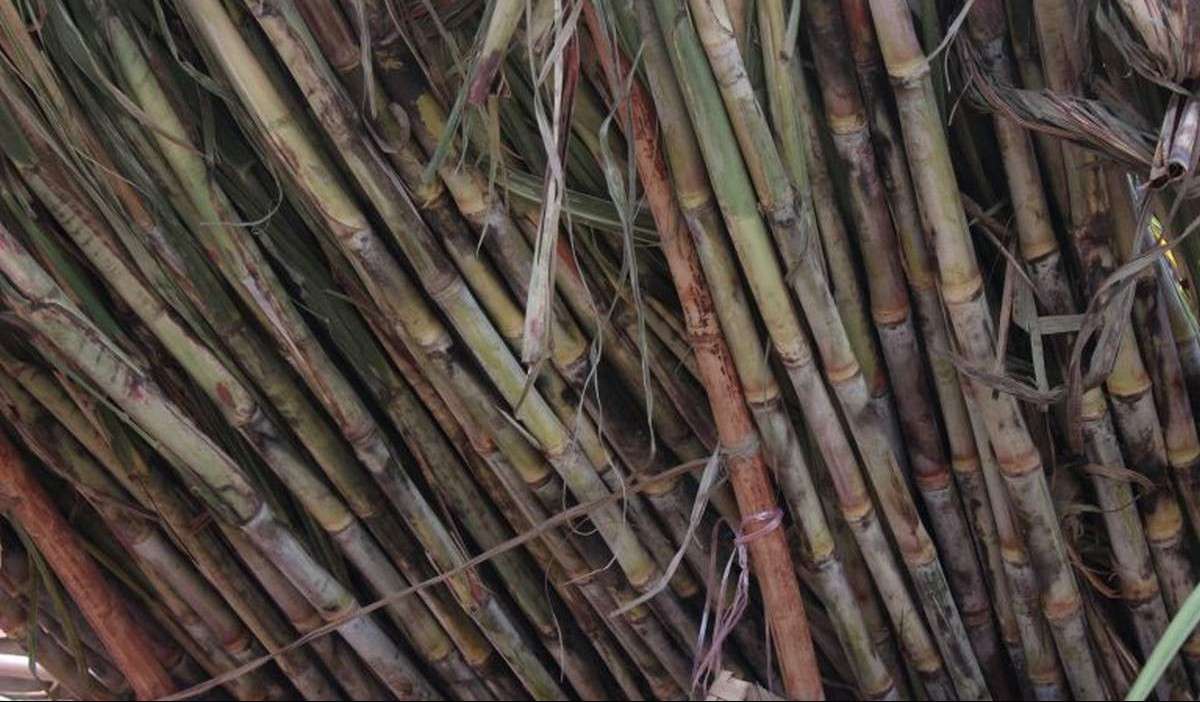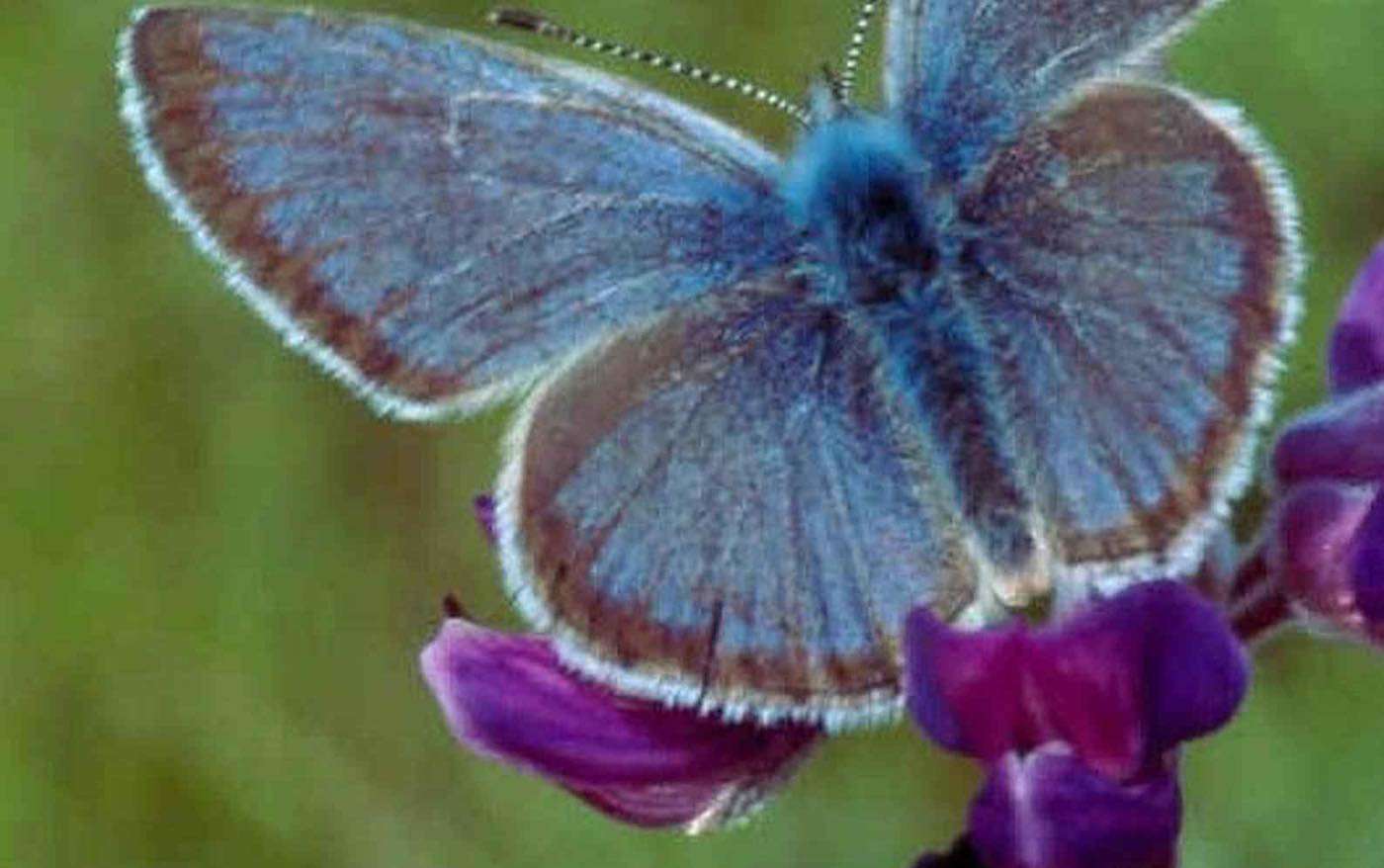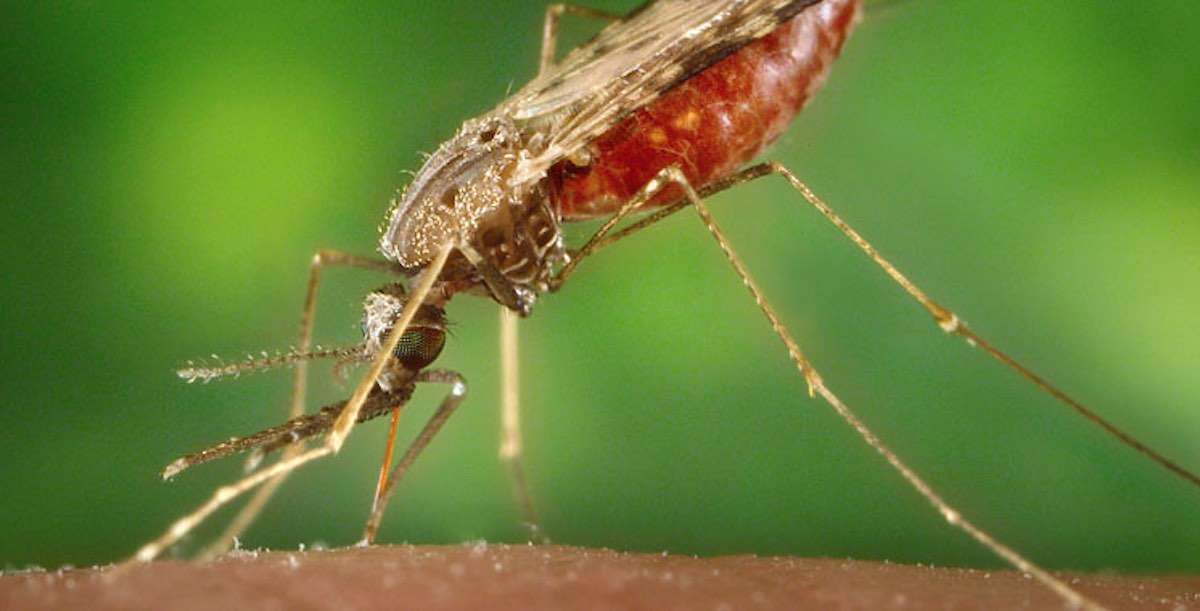Plant Toxins Fatal to Sugarcane Hailed as the 'New Weapon' Antibiotic in Fight Against Bacteria
The threat of antibiotic-resistant bacterial infections has been growing across human civilization for years.

The threat of antibiotic-resistant bacterial infections has been growing across human civilization for years.

Butylphthalide is already approved for use in treating strokes in China. Currently though, the FDA has not approved it for any use.

Oregon's Fender's Blue butterfly is soon to be only the second-ever insect downlisted from Endangered to Threatened on the ESA.

On its own, neither DEET, nor the second-most used mosquito repellent picaridan, provides all the desired effects.

Scientists have puzzled over the origin of Namibia's fairy circles for nearly half a century, but German researchers have finally solved it.
This 1.1 inch flower incased in amber was found 150 years ago, but a re-examination found pollen samples which proved its modern lineage.
Scientists have discovered the molecular triggers for plants opening their "mouths" to breathe, and caught it on film.
The ESA is the most successful conservation legislation, preventing 99% all species listed since 1973—around 291—from going extinct.
The Omakase berries are grown hydroponically, meaning they are cultivated in soil-less tubes of liquid fertilizer in controlled environments.
Any good gardener knows what a good de-weeding can do for a soil plot. As it turns out, it's much the same for coral reefs.
The new project launched by Med Sea looks to plant 1 million seagrass plants by 2050 across 19 square miles off the coastline of Sardinia
The hope is to encourage massive propagation to give the forests in Trossachs the tangled emerald mess that makes them so fantastical.
Bringing in the ivy in 2009, they merely wanted to brighten up the workspace. Now 14 years later, the plant has grown to almost 600 feet long
Found in at least 12,000 varieties from snow-capped mountains to red-hot deserts, moss is the oldest living relative of all plants
The Early Devonian Period produced a plant known as the clubmoss, which arranged its leaves in a spiral, but outside the Fibonacci Sequence.
When prodded with a tiny glass rod, leaves released waves of calcium signals to cells that quickly diminish after the touch.
It grew out of every crack in the pavement during the recession of the 1970s, but soon fell prey to widespread weedkiller application.
If you're the kind of person who likes rare things, then the toromiro tree would be a truly exceptional addition to your ornamental garden.
Last year's was breathtaking; one of the most dramatic ever seen according to experts. This year promises to be something similar.
Unfortunately for the human taste of beauty, forest plants have no need to glow in the dark like those in the movie Avatar.
Recent Stories
A Heartfelt Reminder to Appreciate the Ones We Love
Cherish the Woman Who Stands by You
Breaking Generational Cycles of Pain
Living by Your Own Values, Not Others' Approval
When Life Brings Rain, It’s Okay to Rest
Before You Judge Someone's Life, Take a Moment to Walk in Their Shoes.
A Friend Who Spreads Gossip is Not a True Friend at All
The Value of Human Connection Over Digital Convenience
The Quiet Kind of Love
One Day, Your Mom Won’t Call You Anymore
I’ve reached a point in my life...
Happiness is a mindset, a conscious choice we make every day